Group Juggle Will Save Us All!
- They know their “why” and they focus on being intentional. – I talk a lot about being intentional. In this case, what I’m focusing on is “what is my reason for using this activity (or any activity at all, for that matter)?” Am I doing this to build communication, to encourage teamwork, building connection? This is a good place to refer to treatment plans or other assessments of where the group is at. This will likely be a common factor as you work through the following steps.
- They plant seeds – Language is powerful. We all know that. Planting seeds is called different things by different folks, but I’m talking about using language that supports, leads (or sometimes misleads), reminds, or reframes what will happen or is happening during an activity. “When you complete this task, send a representative from your group up for a final tally,” is not just a direction, it is an assumption that they will be successful as a group. When I facilitate activities with mouse traps, my first statement is usually something like: “mouse traps can hurt you. Please don’t play around with these until I’ve given you directions about how to use them safely.” This is slightly misleading. I do want to give people more information on how not to accidentally snap their fingers; however mouse traps are not as dangerous as most people assume! If I’m using this activity as a way to access anxiety and work on coping strategies, I don’t necessarily want people to figure out my secret early… Mouse traps don’t hurt that bad!

- They add richness to the metaphor by building lots of isomorphic connections -OR- They focus on transfer of learning –Metaphor and isomorphs are amazing for most clients, but in my experience I’ve also see them fall flat. If I’m working with clients who might be on the Autism spectrum, have cognitive delays, or even some folks with histories of neglect/trauma I’ll go to a more concrete route. Regardless of this, good facilitators are always making connections to home or back to the goal behavior. This may be by asking the question “what does this have to do with home?” or it may be by encouraging clients to relate to times they experienced similar emotions or bodily experiences. Either way, experiences and adventure are an easy way to access this.
- They are open to what comes next- in order for our clients to make connections, good facilitators are willing to roll with different metaphors as the clients bring them up . They may not be true for all participants, but the participants that do find connections may miss the opportunity to relate if we don’t work with the opening they create! If I’m not paying attention, my preconceived notions of what should be happening will make me miss what actually IS happening…
- They adjust the rules, limitations, action and use of props of an activity – There are a lot of different ways we can adjust an activity to make it a bit more conducive to the clients’ experience. These are what come to mind for me in my systematic approach to facilitation. There will be a lot more written about this topic, but for now, know that my approach for every activity is to focus on adjusting the rules, limitations, action and use of props as a way to fine tune therapeutic connections for each client. The adventure therapy magicians that I have been lucky enough to witness use these topics to fine tune an activity and hone in on very specific topics that relate to all group members.
What are the things you do to turn a good activity into a great one? Share your tricks in a comment!
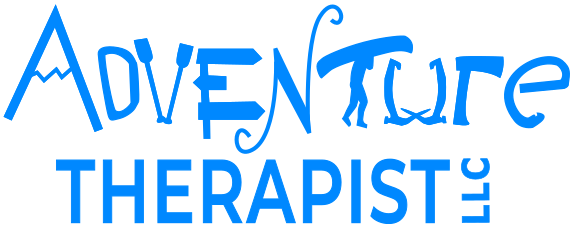
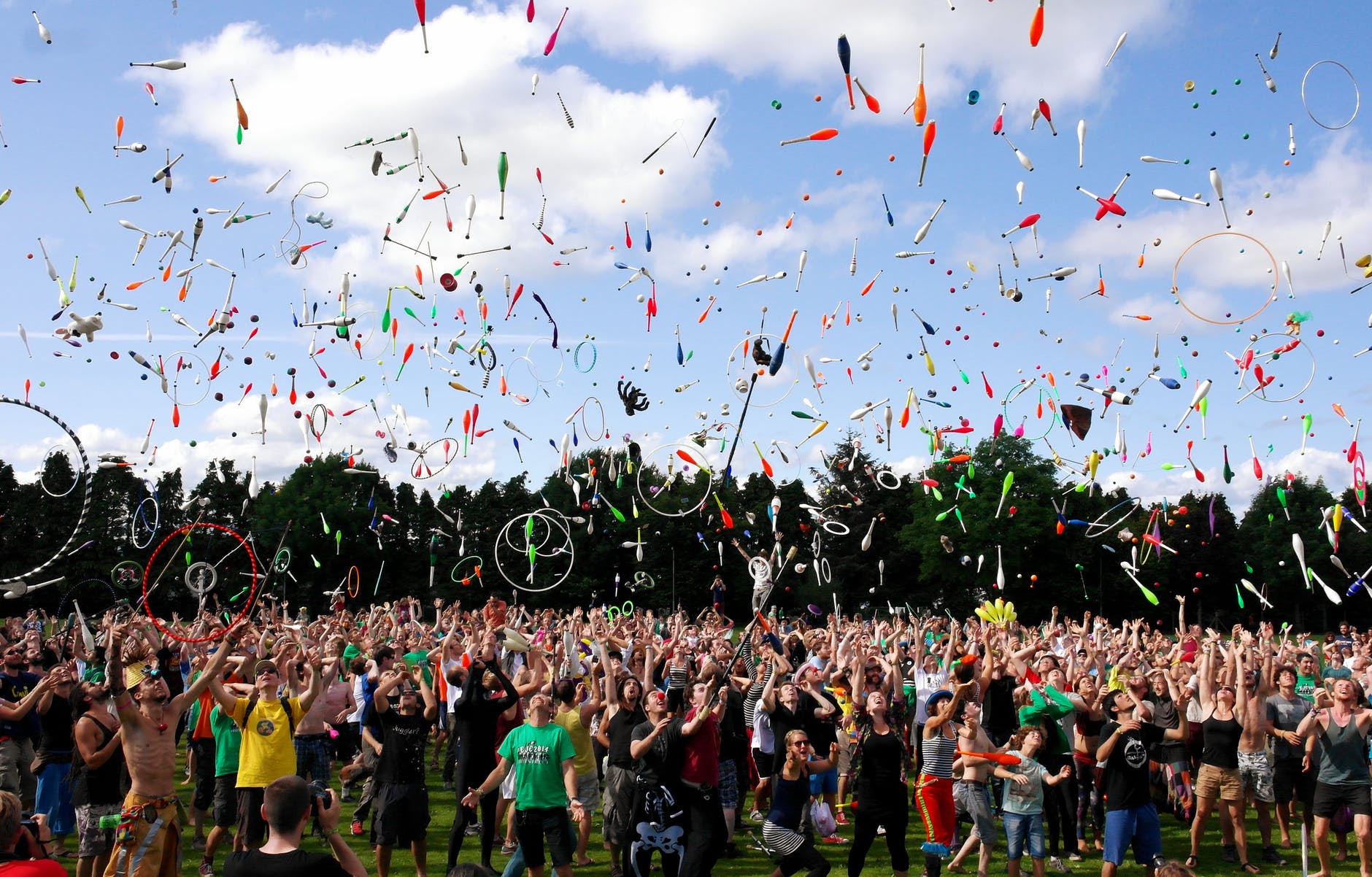
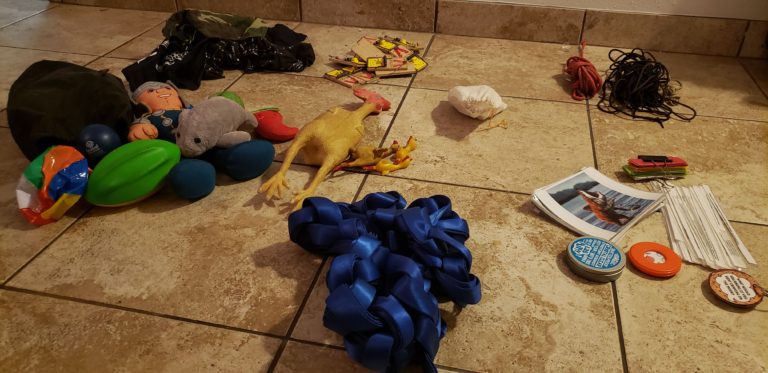


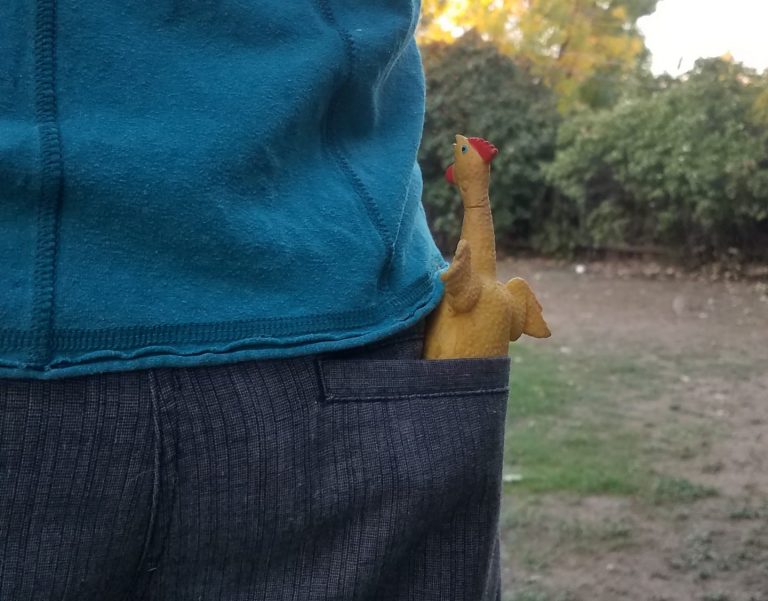

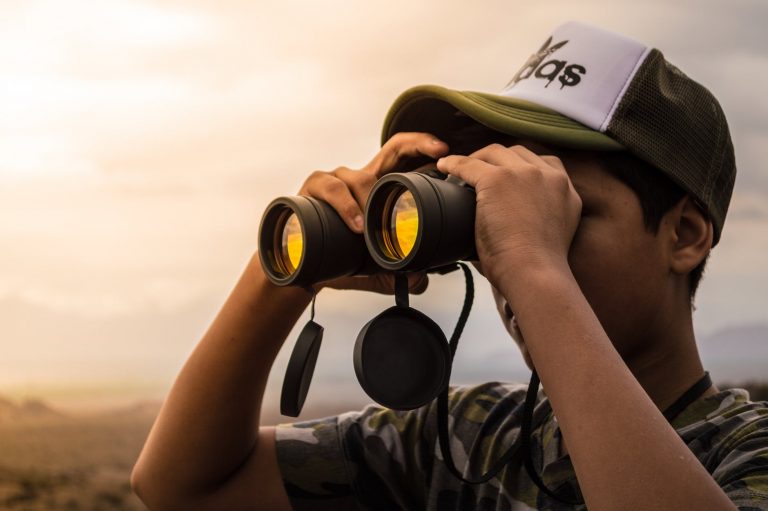

Thanks for the thought prokoing article. It would help me to know some more practical examples of the variations you describe. What are some mouse traps that you could introduce to the group juggle? Do you have any examples of metaphors/isomophs other than what would this mean for you at home? How do you adjust group juggle with props, rules and limitations. One example of each of these would help me to test some new ways of working out and look to create some of my own inventive practice.
Thanks for the feedback, Mark! My brain is currently racing with how to integrate mouse traps as a component of group juggle… I’ve never actually combined the two. I was using a mouse trap activity that I do as an example there, but did not really make that clear. I suppose I imagine that scenario (group juggle with mouse traps) as more of a pass than a throw 🙂 As far as isomorphs, group juggle comes up a lot in work I’ve done with families. Everyone can have an individualized goal (a certain way to toss the prop), but the chaos of the whole family doing their tasks can make it hard for anyone to accomplish their specific goals. Usually it’s a pretty easy connection for families to make back to “home life.”
The conversation about adjusting props, rules and limitations is a REALLY big one. I’m planning on writing a post for each of those topics in the near future. I hope you stay tuned!